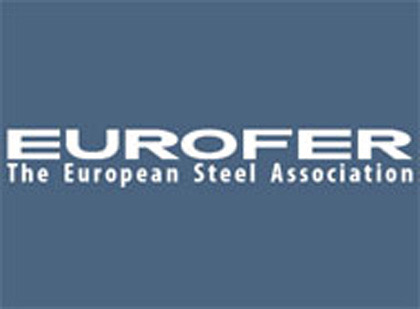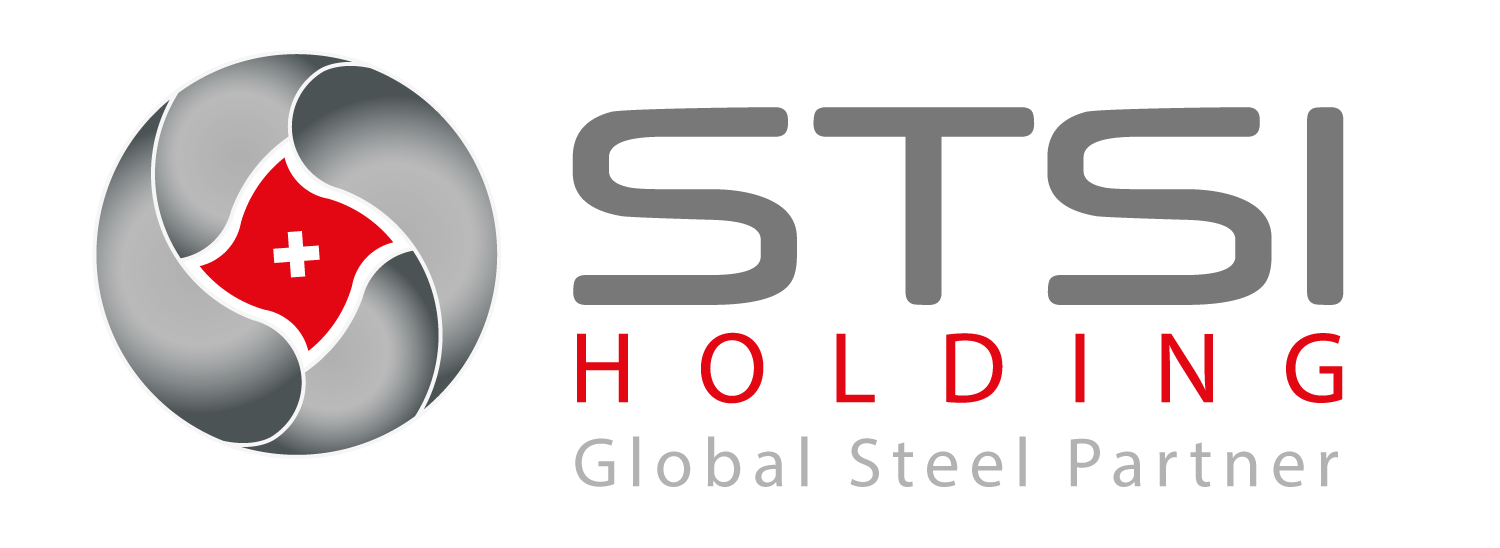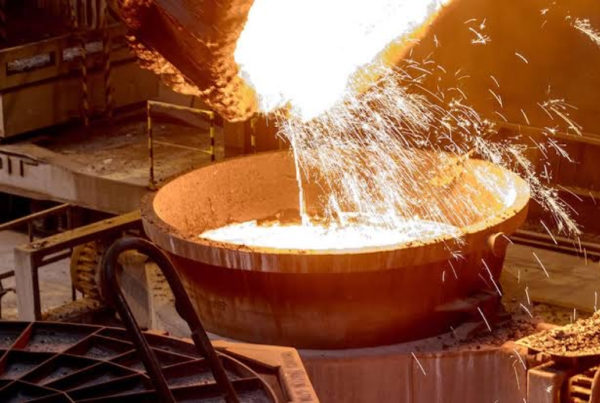
Demand for steel in the European Union is expected to rebound by 13.3% year on year in 2021 after a 13% slump in 2020, the European steel association Eurofer said this week.
Steel demand in the region had been on a negative trend through most of 2020, largely due to pressures resulting from Covid-19 pandemic-related restrictions across Europe, the association said. in its quarterly Economic and Steel Market Outlook, published on Wednesday February 10.
Eurofer data in the report only goes up to the end of last year’s third quarter, but it projects that steel demand in the EU will have dropped by 13% year on year in 2020 overall, to about 136 million tonnes – down from 154 million tonnes in 2019, which was itself the worst year for the EU in terms of steel consumption since 2012.
However, Eurofer expects the steel market recovery, that began toward the end of the 2020 third quarter to continue through 2021.
This year, apparent steel demand in the EU is expected to rebound by 13.3% from 2020 levels (to about 154 million tonnes) and then continue to grow, by another 3.4%, through 2022, it said.
And, generally, steel market participants see 2021 as a year of recovery for the industry.
“The first quarter of 2021 has started on a positive note, with prices recovering and capacities [being] brought back. It will be a resurrection year, because 2020 was a nightmare and probably one of the worst in history,” a trader told Fastmarkets.
A strong performance in the key steel-using sectors during 2021 will play a key role, according to Eurofer.
A strong performance in the key steel-using sectors during 2021 will play a key role, according to Eurofer.
Construction
Eurofer expects construction output to recover by 4.3% in 2021 (slightly down from a 5% increase projected in Eurofer’s October report), after a slump of 5.7% for 2020 as a whole.
Eurofer expects construction output to recover by 4.3% in 2021 (slightly down from a 5% increase projected in Eurofer’s October report), after a slump of 5.7% for 2020 as a whole.
According to Eurofer, the construction industry has been more resilient than other steel-using sectors when it comes to the impact of the pandemic.
“The construction sector cycle usually reacts more slowly to economic shocks,” it said.
And demand from the construction sector has continued to be good in the early weeks of 2021, partly thanks to a mild winter on the continent.
In the upstream market, the weekly price assessment for steel reinforcing bar (rebar), domestic, delivered NorthernEurope averaged €653.75 ($792.65) per tonne in January 2021, up from €573 in December – the highest monthly average since September 2008.
Even though spot steel prices for rebar in the north of Europe has declined slightly in early February, market sources said they did not see it as a trend reversal because prices are still at historical peaks.
“Prices have been rising like crazy since November, we saw a slight correction, which is normal, but the market fundamentals remain good,” a second trader said.
Automotive
The automotive industry was the worst hit of the steel-using sectors in 2020, with the spread of the Covid-19 pandemic across Europe in March leading to the suspension of most European carmaking plants in the second quarter of the year, with very few exceptions.
The automotive industry was the worst hit of the steel-using sectors in 2020, with the spread of the Covid-19 pandemic across Europe in March leading to the suspension of most European carmaking plants in the second quarter of the year, with very few exceptions.
Despite the gradual rebound in activity after the lockdown measures were eased in the third quarter of 2020, Eurofer expects to report that production activity in the European automotive industry will have fallen by 19.5% in 2020 overall.
However, in 2021 Eurofer anticipates a rebound in automotive output in the EU, with production up 15.9% overall year on year, followed by more moderate growth (up 4.8%) in 2022.
However, in 2021 Eurofer anticipates a rebound in automotive output in the EU, with production up 15.9% overall year on year, followed by more moderate growth (up 4.8%) in 2022.
Flat steel prices in the EU have bean on a steady upward track since August 2020, supported by tight supplies amid slashed output and reduced imports, and that uptrend has continued so far in the first quarter of 2021.
Fastmarkets’ daily steel hot-rolled coil index, domestic, exw Northern Europe averaged €685.83 per tonne in January 2021, up from €612 per tonne in the December 2020, and the highest since September 2008.
Even though market sentiment has cooled a bit recently, good order books at producers and solid demand are expected to support flat steel prices in the long term.
“In the north of Europe mills are offering coils with May-June delivery [and even] July sometimes; they are very well positioned,” a third trader said,
Read the full article at Metal Bulletin.



